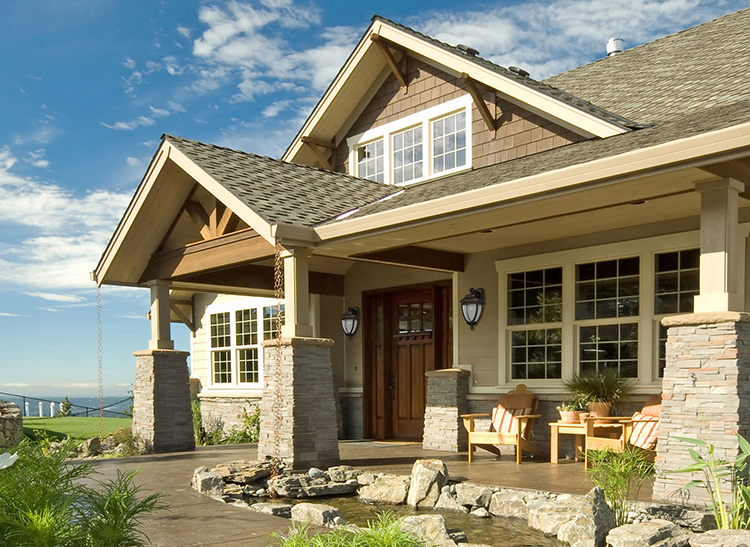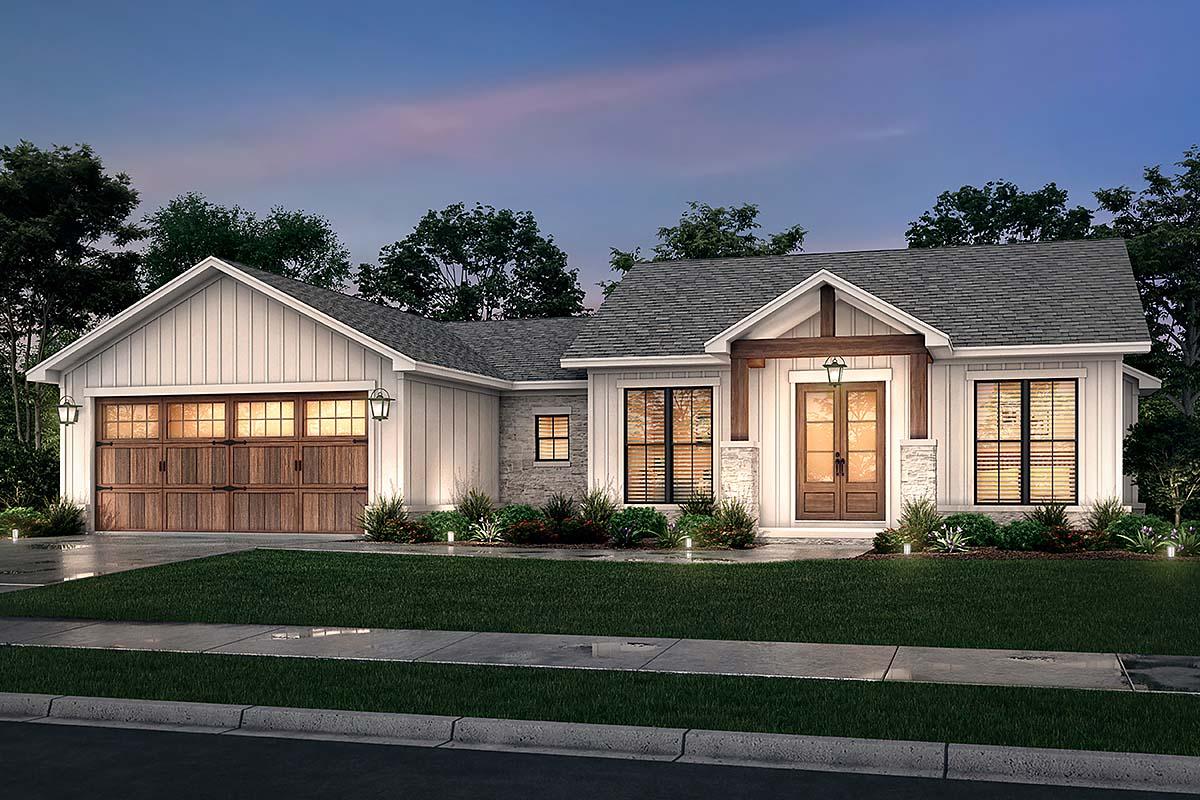Just How Architectural Provider Transform Residential Architecture Into Stunning Living Areas
Architectural services considerably impact household design, transforming basic frameworks right into outstanding living spaces. Architects come close to each task with an unique point of view, concentrating on site evaluation and client vision. They make use of sophisticated layout tools to produce functional designs and enticing looks. This transformative process includes far more than aesthetic allure. It increases inquiries regarding sustainability, personalization, and the progressing demands of homeowners. What crucial elements add to this improvement?
The Duty of Architects in Residential Design
Although numerous homeowners visualize their excellent living spaces, the function of designers in household design is necessary for transforming these visions into truth. Architects bring a special blend of imagination and technical experience, ensuring that the design aligns with the homeowner's desires while adhering to local building codes and policies. They carry out complete website analyses, thinking about factors such as topography, climate, and neighborhood context, which influence the layout's usefulness and sustainability.
Additionally, designers equate abstract concepts into tangible plans, making use of innovative software program to produce comprehensive blueprints and 3D models. Their collaborative strategy usually includes engaging with clients throughout the procedure, refining designs to better match the home owner's way of life and choices. Eventually, architects function as both dreamers and issue solvers, balancing visual goals with practicality, to develop sensational and practical home that resonate with the owners' requirements.
Innovative Layout Ideas for Modern Living
Architects play a pivotal duty not just in recognizing home owners' visions but additionally in pushing the borders of what modern living can include. Innovative layout concepts are significantly shaping household architecture, mixing aesthetic appeals with sustainability and functionality. Open up floor strategies, characterized by fluid rooms, foster connectivity and versatility, allowing households to involve with one another in an unified environment. Integrating biophilic layout, which emphasizes all-natural aspects, improves wellness and produces a sense of serenity within the home. Smart home innovation is one more trademark of contemporary style, flawlessly incorporating ease and energy efficiency into life. Additionally, modular and flexible furnishings remedies enable homeowners to customize their living rooms according to their progressing requirements. These ingenious principles not just boost the aesthetic allure of homes yet additionally develop an experience that prioritizes comfort, sustainability, and a connection to the surrounding atmosphere, redefining modern living for today's house owners.
Enhancing Functionality and Flow in Home Layouts
Exactly how can homeowners attain a smooth blend of performance and circulation in their space? Architectural services play an important duty in this endeavor by enhancing formats that promote ease of activity and access. By thoughtfully setting up spaces and making certain that connections in between rooms are smooth, engineers can develop an unified setting.
Integrating open floor plans typically improves connectivity, permitting natural light to filter via and creating a sense of spaciousness. Strategic positioning of furnishings and components additionally supports a reliable usage of room, ensuring that each location serves its function without really feeling confined.
Additionally, engineers consider website traffic patterns, suggesting pathways that minimize obstacles and advertise a sensible series of activity throughout the home. By balancing aesthetic appeals with useful layout aspects, architectural solutions enable house owners to appreciate living areas that are not only visually enticing but likewise extremely functional, improving the overall experience of daily life.
Lasting Practices in Residential Architecture
Sustainable methods in domestic design concentrate on the integration of environment-friendly materials and energy-efficient solutions. By prioritizing these elements, designers can produce homes that not only decrease environmental effect however additionally boost the health of their passengers. This approach mirrors a growing dedication to sustainability within the sector.
Eco-Friendly Materials Usage

Power Performance Solutions
While lots of home owners seek aesthetic appeal, energy effectiveness has ended up being an essential concern in residential design. Architects increasingly focus on sustainable practices by integrating sophisticated energy-efficient solutions into their styles. These services consist of proper insulation, energy-efficient windows, and strategically placed solar panels, all targeted at decreasing power usage. Additionally, modern heating and cooling systems, such as geothermal and solar-powered choices, add to reducing environmental influence while optimizing comfort. All-natural air flow and daylighting techniques are employed to improve indoor air high quality and reduce reliance on artificial illumination. By embracing these energy-efficient techniques, engineers not only benefit house owners financially through decreased utility costs however also support more comprehensive sustainability objectives, making certain that living areas are both sensational and ecologically responsible.
Elevating Curb Appeal and Outdoor Spaces

Thoughtful placement of outside functions, such as patio areas, decks, and walkways, develops inviting locations for leisure and mingling. These aspects are created to stream seamlessly from the interior, motivating a link in between indoor and outside living.
Architects also stress the significance of lights-- both practical and decorative-- to highlight architectural details during the night, additional my site enhancing the home's allure. craftsman style house. On the whole, these approaches not only boost the visual value of a building however also raise its marketability and satisfaction for homeowners and visitors alike
Individualizing Insides to Reflect Customer Lifestyles
Personalization is crucial in creating interiors that reverberate with clients' way of livings and preferences. Architects and designers take part in comprehensive appointments to understand private demands, making sure that each room reflects the house owner's identification. This process typically consists of analyzing everyday regimens, leisure activities, and family characteristics, which assists in crafting useful yet cosmetically pleasing atmospheres.
Including individual elements, such as art work, shade plans, and furnishings choices, allows for a cohesive style that really feels distinctly tailored. As an example, a home office may feature ergonomic furnishings and motivating decoration that satisfy an expert's process, while a family members area could focus on convenience and entertainment options.
Furthermore, lasting products and ingenious innovations can be incorporated linked here to line up with clients' values and aspirations. Eventually, personalization changes common rooms into dynamic, habitable locations that boost the total quality of life, making each home a true reflection of its occupants.
Regularly Asked Inquiries
How Much Do Architectural Services Generally Price for Residential Projects?
Architectural solutions for residential projects generally range from 5% to 15% of the overall building budget plan. Elements influencing expenses consist of project complexity, location, and the architect's experience, impacting total rates frameworks in the sector.
What Is the Normal Timeline for Finishing a Residential Style Project?
The typical timeline for finishing a household layout task differs however typically spans from several months to over a year, affected by factors such as job complexity, customer decisions, and the permitting procedure.
How Do Architects Work Together With Specialists During Building and construction?
Architects team up with service providers via routine communication, sharing layout specs and attending to challenges. This collaboration warranties that construction sticks to the architectural vision, enhancing both functionality and aesthetic appeals while accommodating any kind of needed adjustments throughout the building procedure.

What Prevail Mistakes Home Owners Make When Working With an Architect?
Property owners frequently overlook the relevance of clear communication regarding their vision, fail to research an engineer's profile and experience, and disregard to establish a reasonable budget plan, which can lead to misconceptions and unacceptable results.
Can Architects Aid With Getting Required Licenses and Authorizations?
Architects possess experience in steering through the complicated landscape of authorizations and authorizations. They promote communication with regional authorities, making certain compliance with policies, which enhances the procedure and decreases hold-ups for homeowners beginning building tasks.